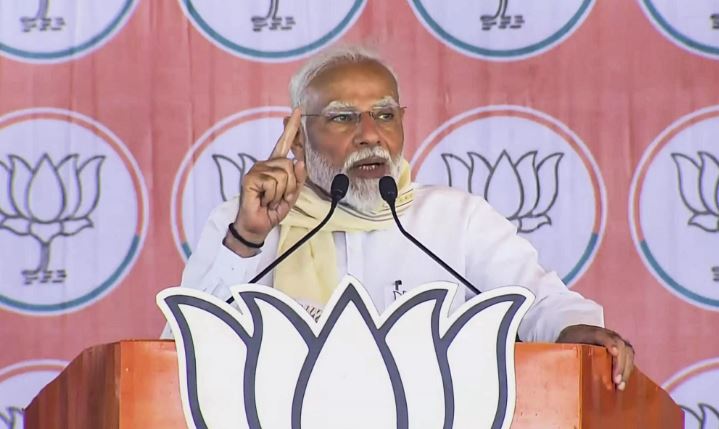Srinagar: A ‘dangerous move’ by Pakistan’s Inter-Services Intelligence (ISI) and heads of terror groups to rope in women and juveniles to carry weapons and messages has come to light amid a decline in the use of traditional means of communication by terrorists in Kashmir valley, a top army officer has said. The General Officer Commanding of Srinagarbased 15 Corps, also known as Chinar Corps, Lt Gen Amardeep Singh Aujla also said the forces need to be cautious as people sitting across the Line of Control (LoC) are busy scheming and planning to disturb the prevailing peaceful atmosphere. “Today’s threat, as I see it, is involving women, girls and juveniles in carrying messages, drugs or, at times, weapons. So far, the army has detected some cases highlighting an emerging trend which in itself is a dangerous move that Pakistan’s ISI and heads of ‘tanzeems’ (terror groups) have adopted. We, along with other agencies, are jointly working out on this,” Lt Gen Aujla told PTI. Asked if it means that terror groups have stopped using mobile communication, the army officer said the Techint (technical intelligence) signatures have reduced considerably. Also, many Over Ground Workers (OGWs) who acted as conduits for them have been picked up.
“Therefore, now women, girls and juveniles have been roped in as an alternative to mainly carry messages,” the top army officer in the valley said. As part of the deradicalisation strategy, the army, with the cooperation of the Union Territory administration, has undertaken a series of initiatives – one of which is the ‘Sahi Rasta’ (right path) programme that has in recent times proved to be a game changer in the right earnest. “We have come a long way in ensuring peace and stability in Kashmir, but I will be naive to claim an early victory as we feel that every gain needs to be cemented before achieving lasting peace in the Union territory,” he said. Without naming Pakistan, Lt Gen Aujla said the challenge is that the neighbouring country has not given up on its intent and is repeatedly creating trouble on both sides of Pir Panjal. The latest infiltration bid in the Machil sector of north Kashmir is a testimony of his blatant indulgence. He stressed that all security agencies, including those from the Union Territory administration, were well geared up to thwart any nefarious designs of the adversary.
“The propensity of infiltration along the Line of Control in Kashmir may have shown some decrease, but there have been some attempts in South of Pir Panjal as well as neighbouring Punjab. “We need to be cautious and not let our guard down at any cost. National security is our prime responsibility. We will leave no stone unturned to maintain it,” he said. “We are cognisant of the likely threats from across and accordingly ensure to the best of our abilities that the current peace and normalcy achieved through collective efforts is not put at risk by inimical elements,” he said. He said the mounting pressure and actionable intelligence-based operations have kept the terrorists on their toes and a majority of them have either “migrated out of the valley or have been lying low”. The “invisible form of terrorism is a cause of concern and we are jointly working towards weeding out this phenomenon”, the officer said. “It is difficult to give the exact number of terrorists either local or foreign but to my estimates, it is definitely at its lowest since the past 33 years,” the officer said. The terror attacks and encounters between terrorists and security forces have witnessed a decline in Kashmir this year which reflects a positive sign and augurs well towards peace and normalcy in all spheres and domains, he said.











More Stories
Now country ‘aatank’ struggling for ‘aata’: PM
NDA as 15 in Northeast’s 25 seats go to polls: PM
IPL: For Bumrah every ball wicket-taking delivery